- New Year in Indore
- New Year in Chennai
- New Year in Udaipur
- Sajjangarh Fort
- New Year Celebration in Pune
- Karthigai Deepam
- Pongal Festival
- Bagore Ki Haveli
- Fateh Sagar Lake Udaipur
- Shivaji Maharaj Jayanti
- Pune International Film Festival
- Khajrana Ganesh Mandir
- Rajwada Palace, Indore
- Shaniwar Wada Pune
- Sawai Gandharva Bhimsen Mahotsav Pune
- Marina Beach Chennai
- Tourist Attractions in Chennai
- Phoenix Citadel Mall Indore
- Shri Annapurna Temple Indore
- Top Tourist Attractions in Udaipur You Must Visit
- Lake Pichola, Udaipur: Views & Heritage
- Explore Lal Bagh Palace
- Weddings in Rajasthan
- Pashan Lake Pune
- Jagdish Temple Udaipur
- Thiruvalluvar Nagar Beach
- Weddings in Chennai
- Udaipur's History
- Offbeat Places in Udaipur
- Aga Khan Palace
- Ralamandal Wildlife Sanctuary
- Cultural Events in Indore
- Chennai Culture
- Udaipur Itinerary
- City Palace, Udaipur
- Pune in Monsoon
- Pune Travel Guide
- Weekend Getaway in Chennai
- Bengaluru to Chennai Trip
- Authentic Rajasthani Dishes in Udaipur
- Ahmedabad to Udaipur Tour
- Weekend Trip to Pune
- Pune Festivals
- Things to Do in Chennai at Night
- Beaches near Chennai
- Best Time to Visit Indore
- Historical Places in Indore
- Best Time to Visit Chennai
- History of Chennai
- Temple in Pune
- Maharashtrian Authentic Food
- Fun Things to Do in Udaipur
- Weekend Trip to Udaipur from Delhi
- Best Time to Visit Udaipur
- Mumbai to Pune Road Trip
- History of Pune
- Famous Temples in Indore
- Best Places to See in Indore
- Things to Do in Chennai, India
- Places to Visit in Udaipur
- Best Time to Visit Pune
- Marunji Hills, Pune
- 2 Day Itinerary for Indore
- Tourist Attractions in Pune
- Places to Visit in Chennai
- Things to Do in Indore
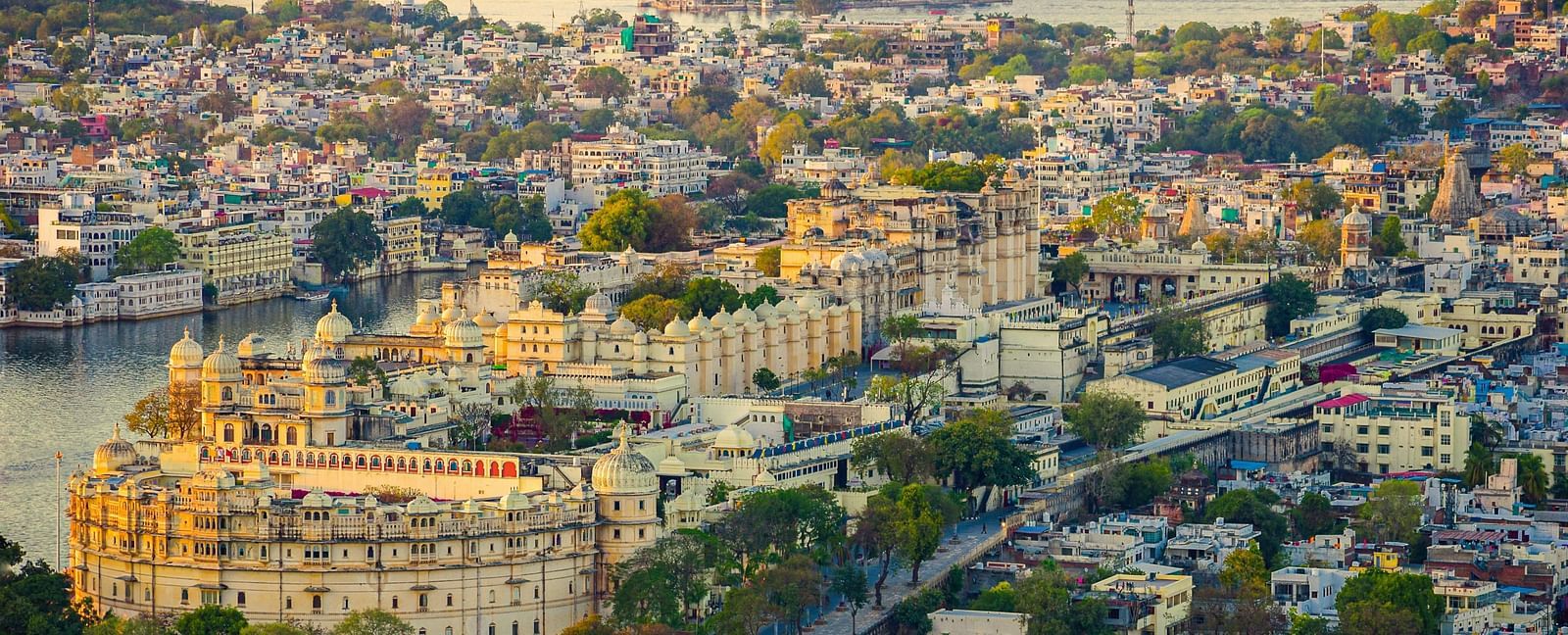
Udaipur's History: The Royal Legacy of Mewar’s Lake City
Nestled in the Aravalli Hills of Rajasthan, Udaipur stands as one of India’s most enchanting cities, renowned for its serene lakes, regal architecture, and timeless heritage. But beyond its romantic facade lies a rich and resilient history, deeply rooted in the valour of the Mewar dynasty and the cultural evolution of the region. Known as the City of Lakes, Udaipur has witnessed centuries of political resistance, cultural transformation, and architectural grandeur.
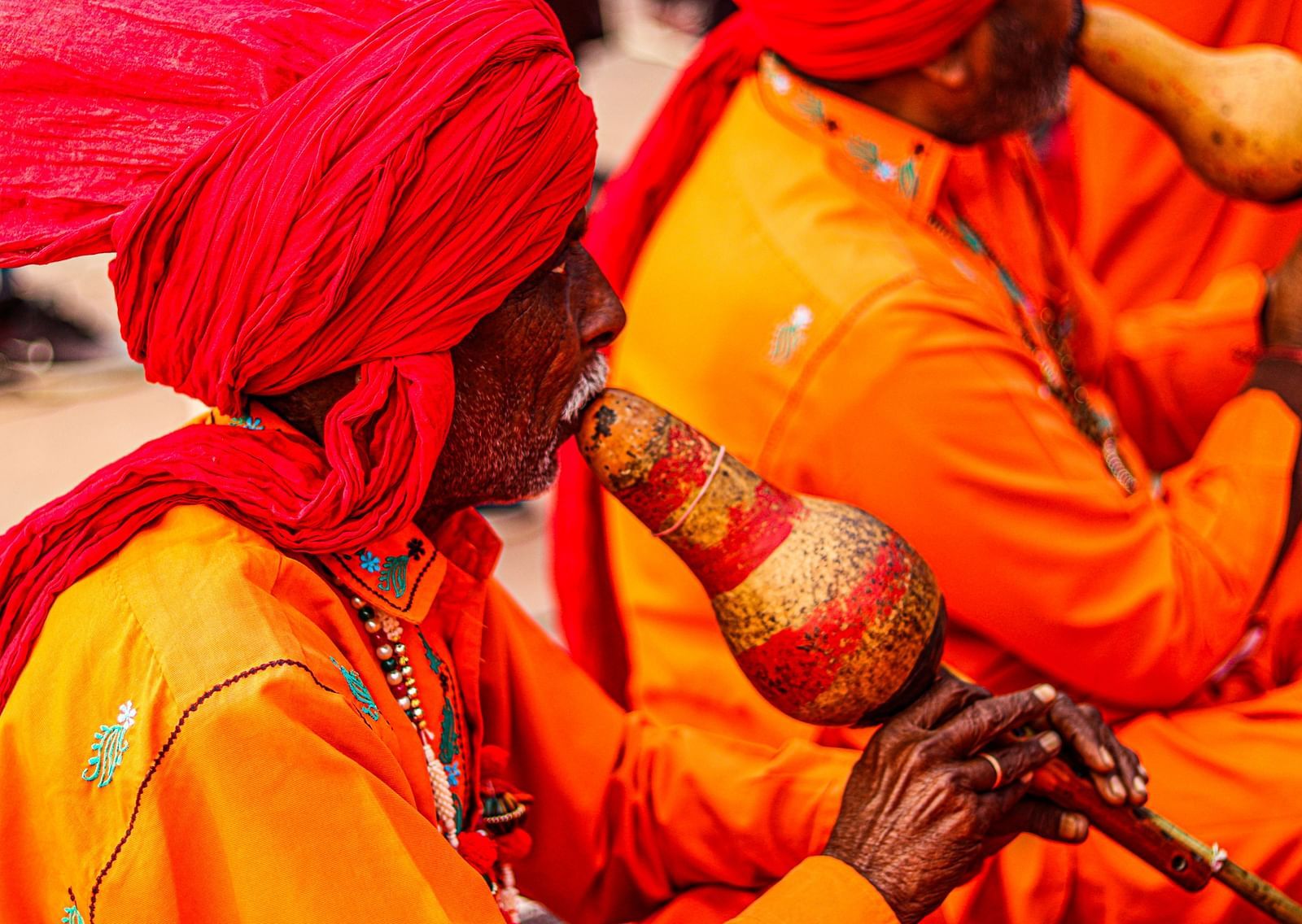
Udaipur’s Founding and Strategic Importance
The city of Udaipur was founded in 1559 by Maharana Udai Singh II, a ruler of the Mewar Kingdom. After the historic city of Chittorgarh fell to the Mughal emperor Akbar, Udai Singh chose a new, more secure location in the Girwa Valley, surrounded by the Aravalli ranges. Positioned beside Lake Pichola, the area offered natural defence against invasions and was ideal for establishing a strong and sustainable capital. What began as a strategic retreat eventually blossomed into one of Rajasthan’s most iconic cities, celebrated for both its aesthetic beauty and its symbolic resistance.
The Unyielding Spirit of the Mewar Dynasty
Udaipur owes much of its historical significance to the Mewar dynasty, one of India’s oldest and most valorous royal lineages. The rulers of Mewar were known for their fierce independence and refusal to submit to foreign rule, particularly during the Mughal and later Maratha periods. Legends of bravery, such as Maharana Pratap’s resistance at the Battle of Haldighati in 1576, form the backbone of Udaipur’s proud legacy. Unlike many Rajput kingdoms that aligned with the Mughals, Mewar stood apart, determined to preserve its sovereignty and culture. This spirit of defiance shaped the city's political landscape and influenced its architectural and cultural identity.
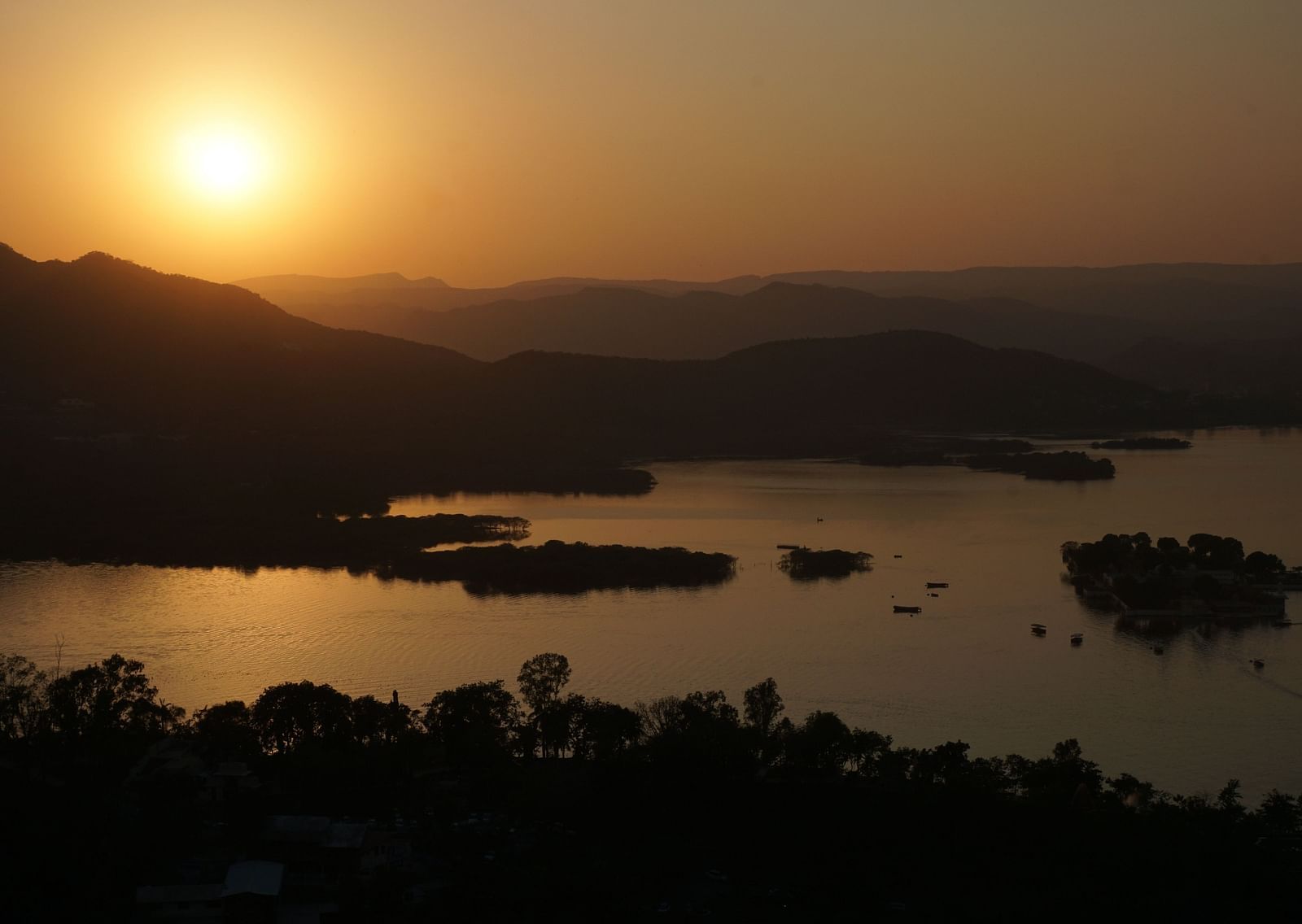
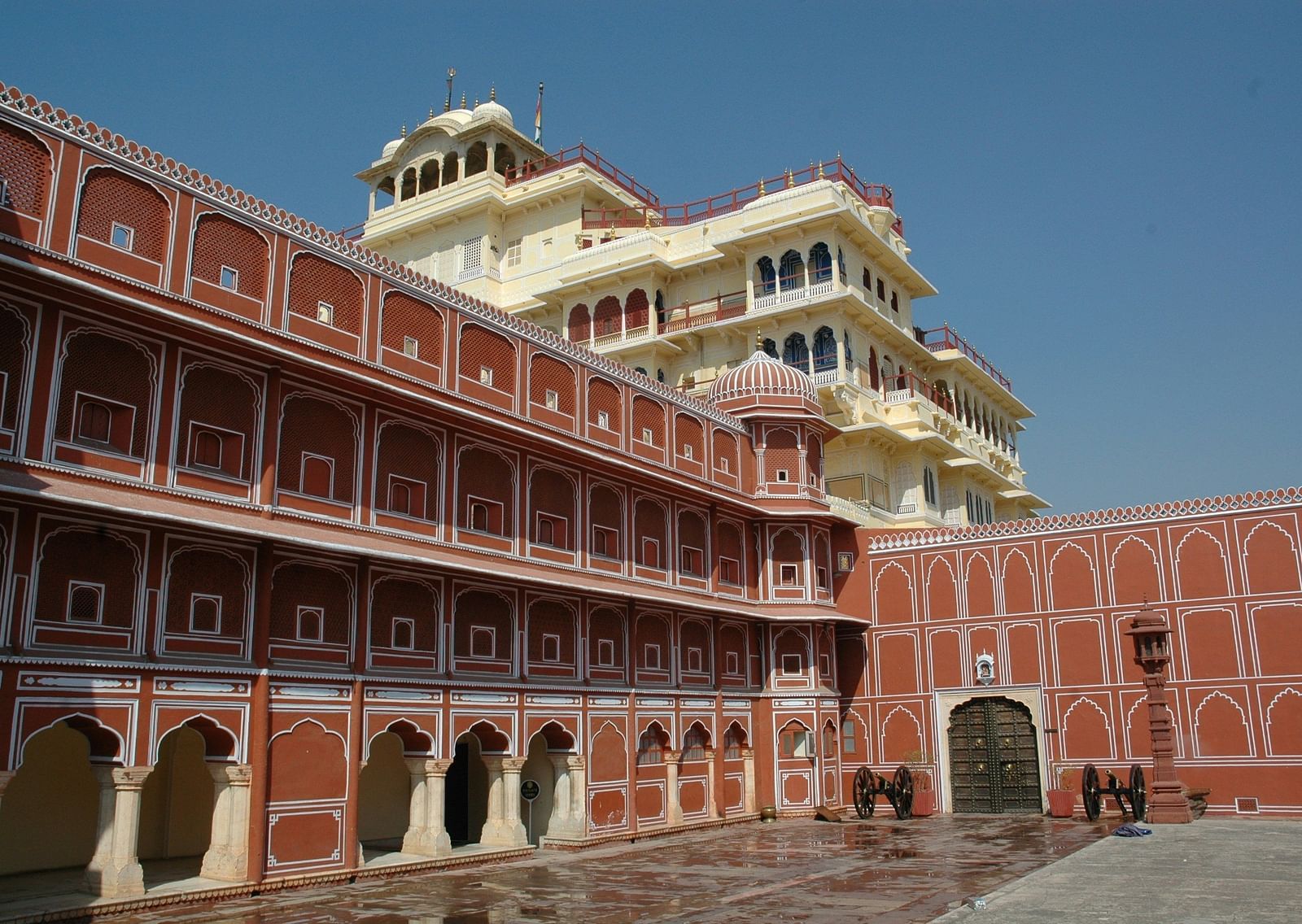
A Cultural Confluence
Udaipur’s culture is a reflection of its layered history. Over time, while it remained largely independent, influences from Mughal and Maratha courts found their way into the city’s art, architecture, music, and festivals. The fusion of Rajput valour with Mughal elegance and Maratha flair created a distinctive cultural identity that continues to thrive today. Whether in traditional dance forms like Ghoomar, the miniature paintings of the Mewar school, or the intricate stone carvings in temples and palaces, Udaipur tells a story of cultural harmony and artistic excellence.
City Palace's History: Udaipur’s Crown Jewel
For over 400 years, from Maharana Udai Singh II onwards, successors expanded the majestic City Palace, an architectural masterpiece that now dominates the eastern banks of Lake Pichola. The sprawling complex is a blend of Rajasthani, Mughal, and European styles, symbolising Udaipur’s ability to merge tradition with evolving tastes. With its ornate balconies, marble courtyards, mosaic-lined chambers, and commanding views of the lake, the palace stands as a living museum of Mewar’s royal history. Today, the Mewar royal family still resides in a section of the palace. At the same time, other parts have been converted into museums and galleries open to the public.
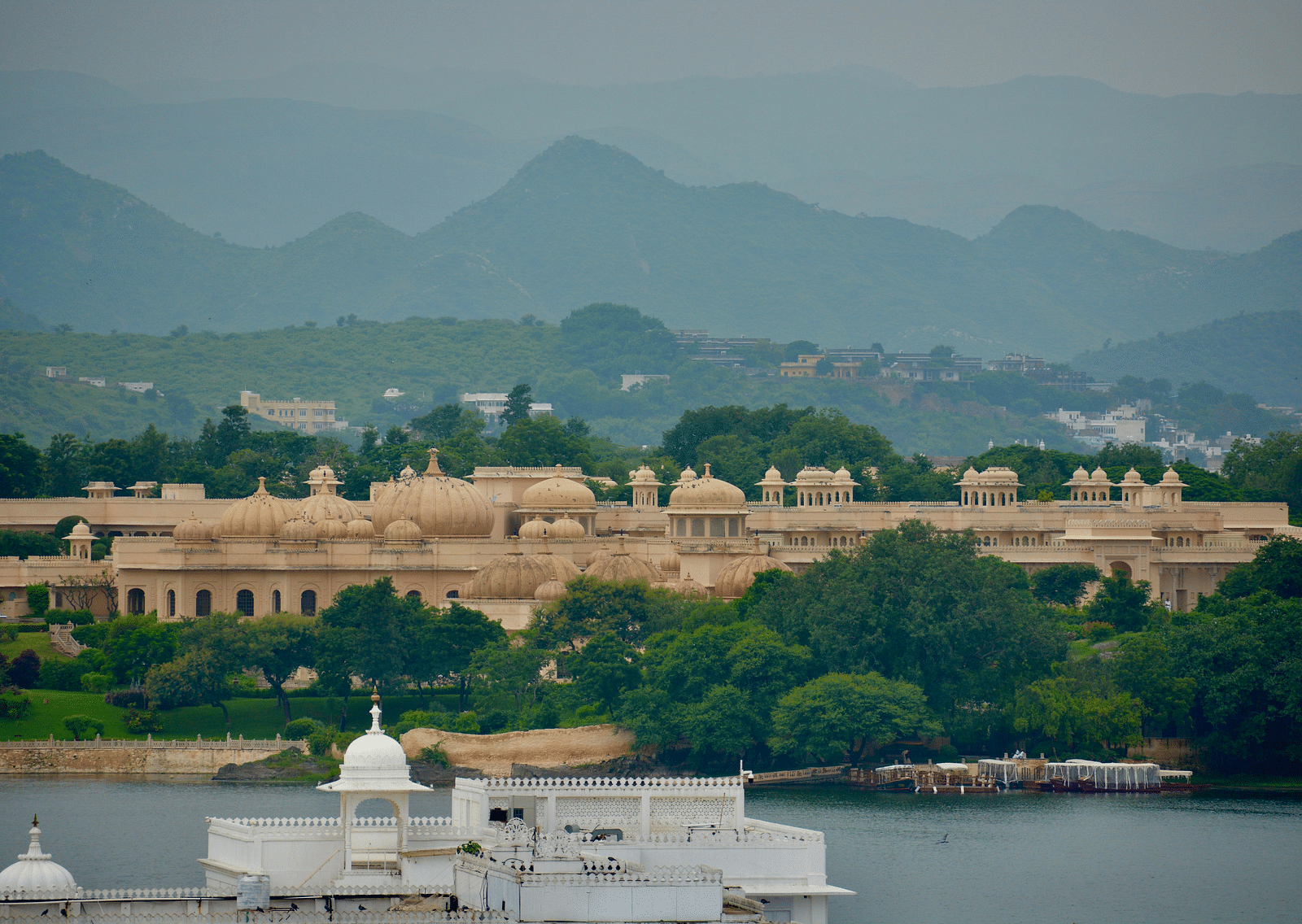
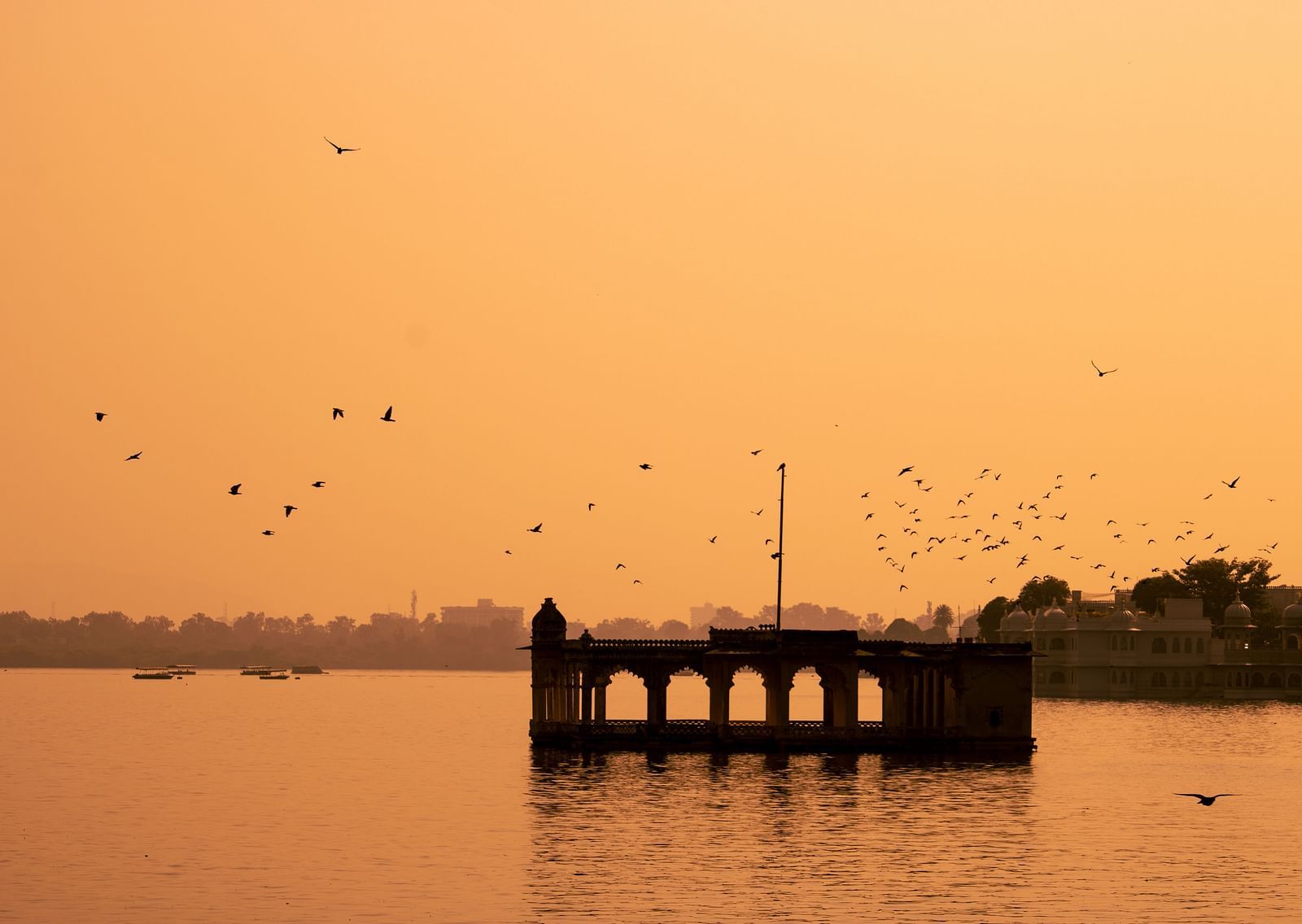
Architectural and Natural Harmony
Udaipur's design beautifully reflects an appreciation for beauty and balance, as its palaces, gardens, and havelis seamlessly blend with the natural lakes and hills. The city’s landmarks, such as Jag Mandir, Lake Palace, and Saheliyon Ki Bari, further contribute to its legacy of architectural refinement. These structures were not just royal residences or pleasure gardens—they were statements of power, prestige, and artistic sensibility.
A Regal Stay at Essentia Luxury Resort & Spa, Udaipur
For travellers eager to explore Udaipur’s royal legacy, Essentia Luxury Resort & Spa, Udaipur, offers a stay steeped in comfort and elegance. This resort provides a serene base for exploring the city's heritage, as it's conveniently situated in Umarda near major attractions yet removed from the bustling crowds. With well-appointed rooms, exceptional service, and delicious dining options featuring local and international cuisine, Essentia complements Udaipur’s charm with modern luxury. After a day exploring Udaipur's ancient palaces and tranquil ghats, Essentia offers the perfect retreat to unwind, reflect, and soak in the city's timeless spirit.
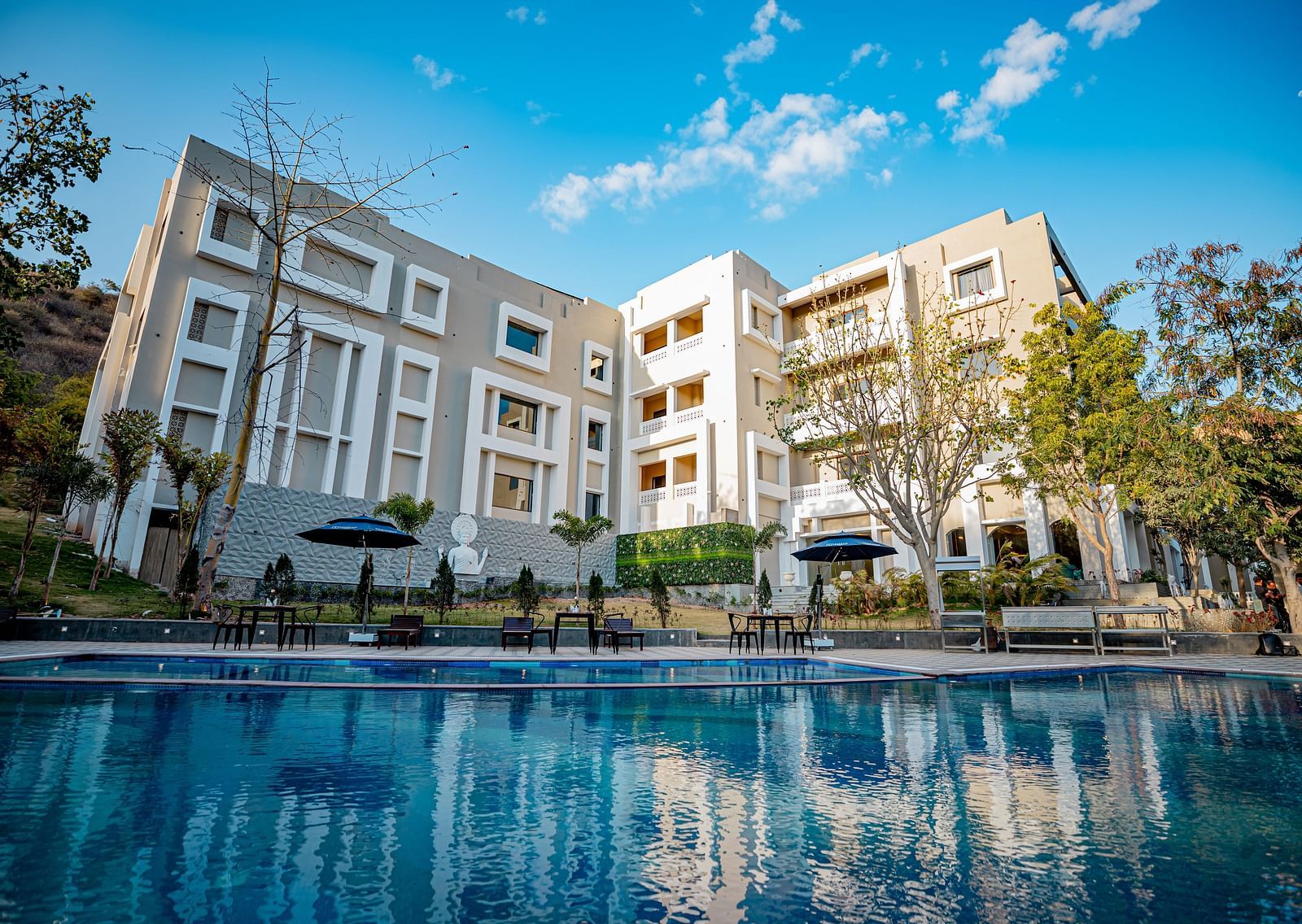
Udaipur’s history is not just a tale of kings and battles but a living legacy of culture, resilience, and regal charm. From the founding vision of Maharana Udai Singh II to the enduring spirit of the Mewar dynasty, every corner of the city whispers stories of a glorious past. Whether you're tracing its architectural wonders or immersing yourself in its cultural richness, Udaipur promises an unforgettable journey.